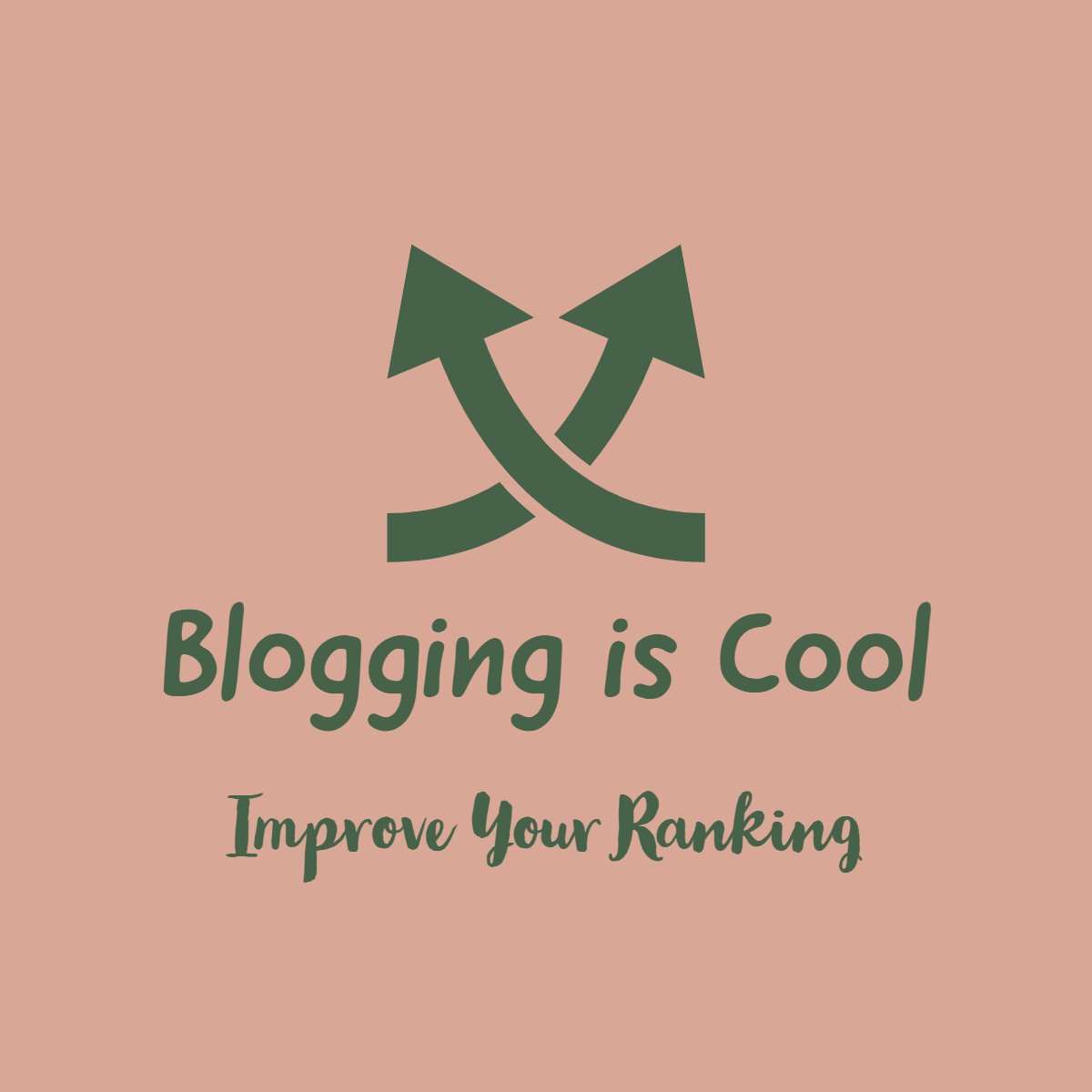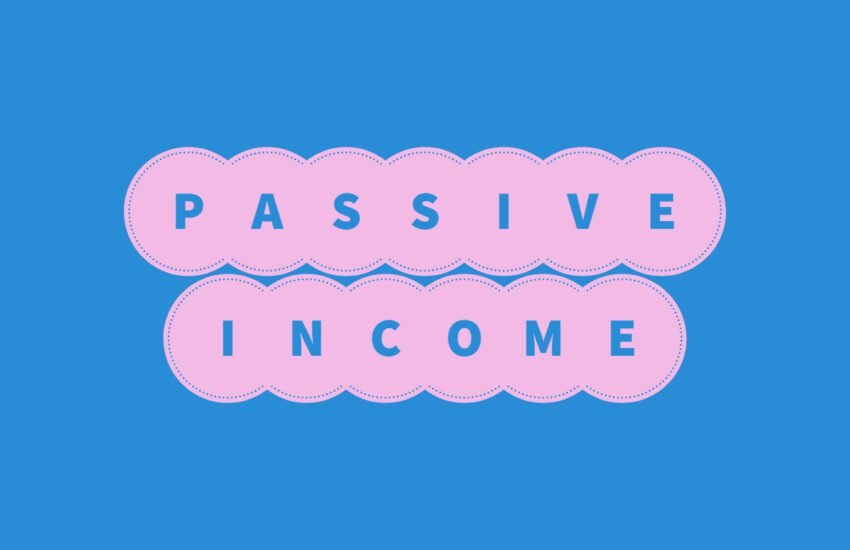How to Identify Penalized Domains and Avoid Buying Them
When it comes to buying domains for your website, it is essential to ensure that you are investing in a domain that has not been penalized by search engines like Google. Purchasing a penalized domain can have detrimental effects on your website’s performance and potential to generate advertising revenue. In this blog post, we will discuss how you can identify penalized domains and avoid buying them.
1. Check Google Search Console
Google Search Console is a valuable tool that provides insights into how Google views your website. It can also help you determine if a domain has been penalized. To check if a domain has any penalties, follow these steps:
- Sign in to your Google Search Console account.
- Add the domain you want to check as a property.
- Once the domain is verified, navigate to the “Manual Actions” section under the “Security & Manual Actions” tab.
- If there are any manual actions listed, it means the domain has been penalized.
2. Use Online Tools
Several online tools can help you determine if a domain has been penalized. These tools analyze various factors, such as backlink profiles and search engine rankings, to provide insights into a domain’s penalization status. Some popular tools include:
- Moz’s Open Site Explorer
- Ahrefs
- Majestic
By entering the domain you are interested in, these tools will provide you with information about its backlinks, domain authority, and any potential penalties.
3. Check Archive.org
Archive.org, also known as the Wayback Machine, is a digital archive of the internet. It allows you to view historical snapshots of websites, including previous versions of the domain you are considering. By reviewing the website’s history, you can identify any suspicious activities or changes that may indicate a penalized domain.
4. Research the Domain’s History
Before making a purchase, conduct thorough research on the domain’s history. Look for any negative reviews or discussions about the domain being penalized. Online forums and SEO communities can be valuable sources of information in this regard. Additionally, you can search for the domain name along with keywords like “penalty,” “spam,” or “blacklisted” to see if any relevant information surfaces.
5. Check for Manual Actions in SERPs
If a domain has been penalized, it is likely to have lost its rankings in search engine results pages (SERPs). Perform a search using the domain name to see if it appears in the results. If the domain is absent or appears much lower than expected, it could be an indication of a penalty.
5. Use the Wayback Machine
This is important to find out what kind of content was published on the domain name before. A lot of history is collected by the Wayback Machine and remains undeleted. Make sure you are not buying a site that formerly had adult content as Google does not like adult content. Here is a link to the Wayback Machine.
Conclusion
Buying a penalized domain can have severe consequences for your website’s performance and revenue potential. By following the steps outlined in this blog post, you can identify penalized domains and avoid making a costly mistake. Remember to use tools like Google Search Console, online analysis tools, and archive.org, and conduct thorough research on a domain’s history before making a purchase. By doing so, you can ensure that you invest in a domain that will help your website thrive.


